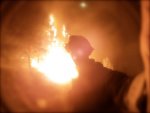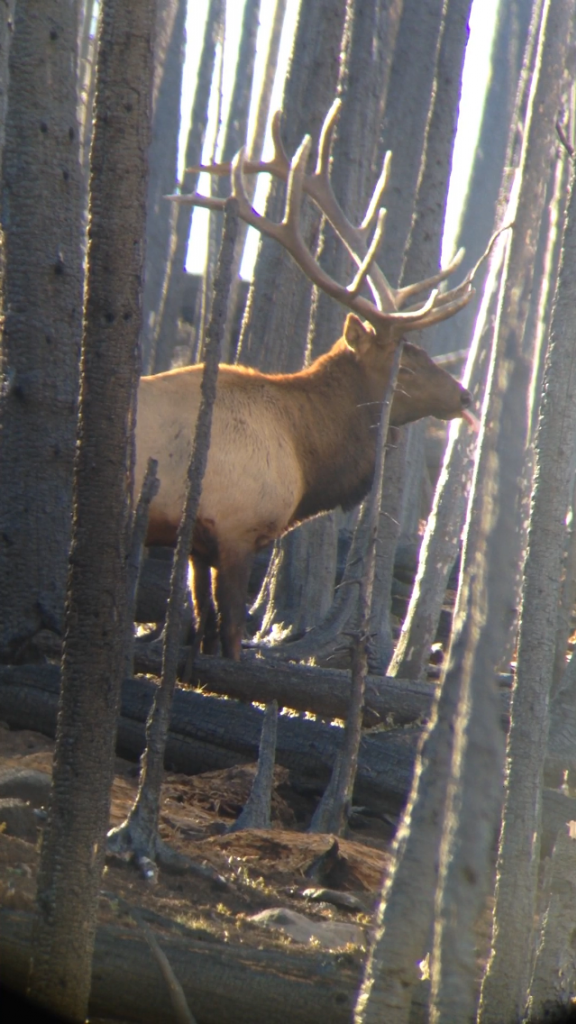Shrek
WKR
I know that in the long run fires clear timber and let grass and forbes grow and elk and deer boom. How long after a fire does take to see the elk hunting in a large fire area get really good ? There has been some large fires that I can think of that are going on the third year since the burn and I'm thinking of future hunts and when to go.





